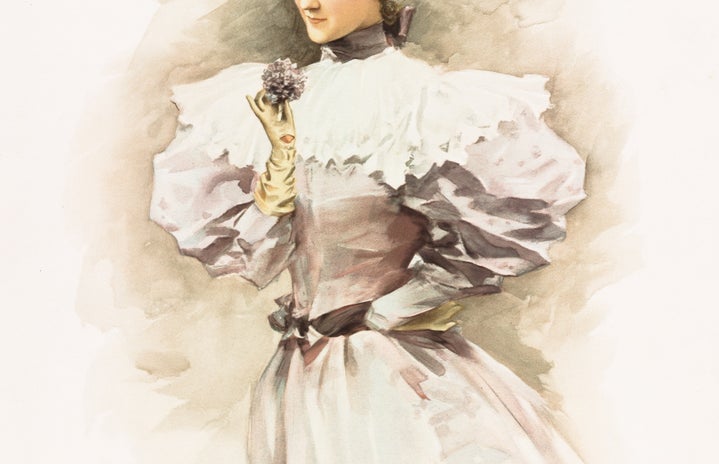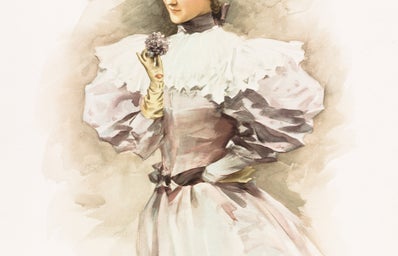The Brontës. Charlotte and Emily (and Anne, but we will exclude her for now). Authors of two of the greatest love stories to come out of England. Many of us are familiar with the novels “Wuthering Heights” and “Jane Eyre” from our English classes, and many of us are probably familiar with the romances of Catherine and Heathcliff and Jane and Mr. Rochester. These couples have been deemed “classic lovers” in literature, but how healthy are their relationships in reality? Since revisiting these classics—now as a young woman and not a hormonal teenager—I have a new outlook on these relationships that have been idolized in not just English literature classes, but pop culture. Are these relationships actually romantic or kind of toxic?
Recently, I have developed a renewed interest in novels by the Brontës. While I always love a good story from Jane Austen, the gothic elements in these books just add some good drama and a little bit of darkness for me. They are less fairy tale and more human. While reading, part of you is never certain that the lovers will survive to the end of the book…and sometimes they don’t.
While rereading “Wuthering Heights” and “Jane Eyre,” I realized that these male love interests suffer from the cliche “angry brooding male” characteristic. The bad boy who “hates everyone but you” type. That is why these books were deemed classic love stories. It is the story of the angry man that falls in love with the heroine and is redeemed from past mistakes or flaws through that love (it is still kind of hard to make this case for Heathcliff). They play on the desire of many women to “change him for the better.” Though written during the Victorian period, this seems like quite a modern tale. The Brontë men seem to fall in the same category as more modern characters, like Edward Cullen or Christian Grey. In “Twilight,” Edward even makes a reference about relating to Heathcliff’s emotions. When making that parallel, the red flags regarding all these characters start to appear before your eyes.
I’ll go ahead and start with Heathcliff. This dark, brooding orphan is the definition of “obsessed.” Once he is adopted by Mr. Earnshaw, he quickly develops a close relationship with the daughter of the house, Catherine. These two spend all of their time together, wandering the moors and enjoying each other’s companionship. Spoiled Cathy is doted on by Heathcliff, and he becomes heartbroken when she agrees to marry Heathcliff’s rival, Edgar. Overcome with his need for revenge, Heathcliff works to destroy the lives of all those who have wronged him in the past, and Cathy just so happens to be one of those “killed in the crossfire” (literally). Referring to Catherine as his “soul” and digging up her grave to be near her, Heathcliff is not able to deal with the separation. While he claims to love her more than anyone, he demands that her ghost not be at peace so that their souls won’t be completely separated. He also abuses the daughter she leaves behind. Despite loving her more than life itself, Heathcliff is too selfish to think of what Catherine would want. He feels entitled to Catherine: body and soul. He literally killed her with his love.
Is he passionate? Yes. But is he also very toxic? Absolutely.
Edward Rochester is the second brooding bad boy on the list. The “ugly, middle aged” gentleman of Thornfield Hall has a tendency to lean towards the controlling side. While appearing quite rude to Jane during their first encounters, love eventually starts to develop between the two. To test her love, Rochester uses flirtation and jealousy as a way of learning Jane’s true feelings. For orphan Jane, a marriage proposal seems like a happily-ever-after. That is until she discovers that not only was Rochester married, but he has locked his unstable wife away in the attic of the house. From trying to trick Jane into bigamy to changing her appearance, Edward Rochester seems to push the line between loving and controlling.
Reading these novels as a 20-something has definitely changed my views on these male characters. As a young teenager, there was something so attractive about moody men holding a soft spot in their hearts for their lady loves. I now realize how toxic these relationships actually are. Understanding healthy types of relationships is essential for impressionable minds. While these books will always be classics, I think it is important to acknowledge that their portrayals of “love” might not be the most accurate.


